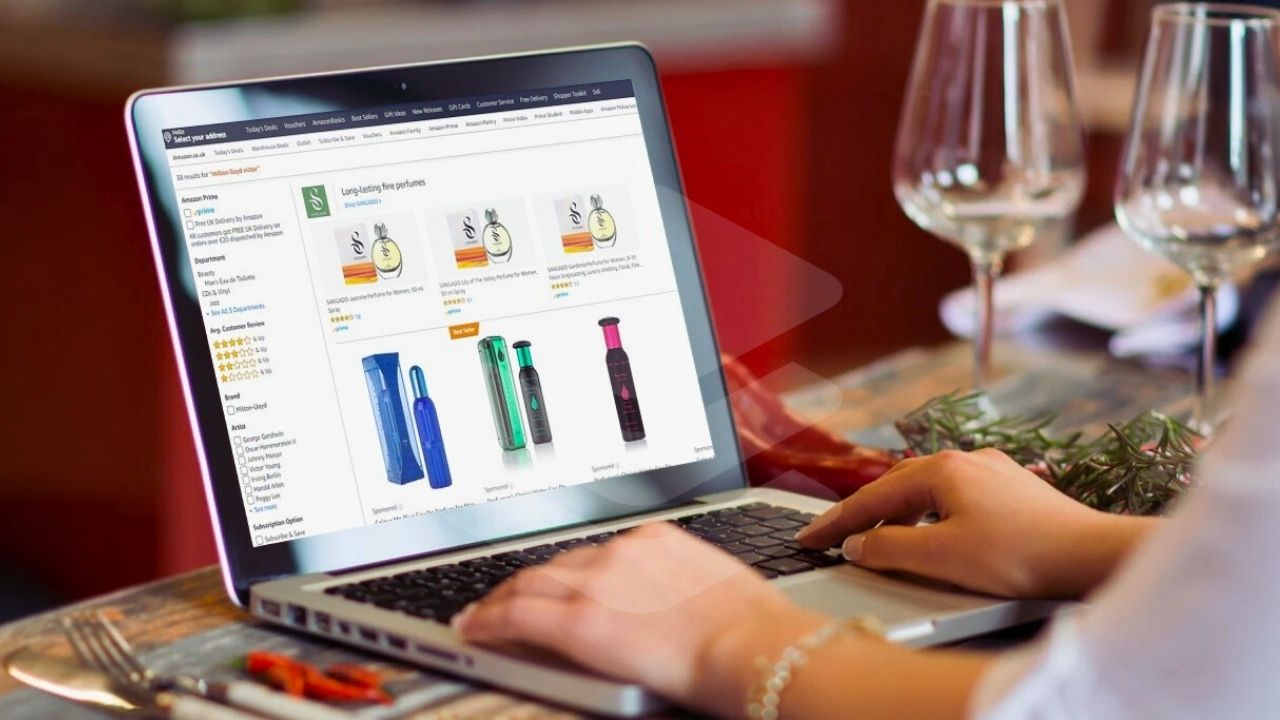

Often, the marketing strategies followed by most companies, including online businesses, are mainly focused on generating new leads and keeping existing customers happy, it's obviously a basic, and logical, practice. But they often forget about lost customers and there are many organisations that do not implement procedures for identifying customers who have left, or the reason they left. If you think about it carefully, if someone ever purchased from you it would probably be because they liked, or needed, what you sell, right? When a consumer knows who you are, and especially if they had a satisfactory experience, they are far more likely to return, and it is very probably less expensive than winning a new one.
Identify the reason they haven’t returned, the key to not losing more customers
If you don’t look after the relationship with your customers, then they may become weakened and even vanish. Sometimes this occurs for reasons outside the scope of control of your company or due to changes in a customer’s interest in your products. What is true is that it isn’t always possible to improve if the causes are unknown. When a customer is lost there is always a reason, for example: uncompetitive prices or unexpected promotions carried out by the competition, which may be difficult to match, poor customer service, problems with the product, logistical problems, etc. Companies often do not have established processes for identifying the reason for the loss, such as satisfaction surveys. Identifying and analysing these errors, as well as becoming a competitive advantage, help you to implement techniques that could prevent customer abandonment.
Identify the customer
Just as we use the Buyer Persona element for generating new leads (grouping different consumer profiles and adopting marketing strategies to different needs) identifying the profile of customers who abandon you will help us in our goal of discovering how to recover them.
Segment the lost - who is recoverable and who is not?
It is obvious that we will not be able to recover all our ex-customers, so we should focus on those who, based on their previous behaviour are more likely to return, thus, customers who have recommended us to other users, who have never complained or that their complaints were resolved satisfactorily, should be our goal.
Keep the competition at bay
Having access to and knowing current and past competition data, such as prices, promotions, availability, product selection and shipping costs, among others, will undoubtedly allow us to identify possible competitive differences to our rivals that could harm us and consequently augment the loss of customers. In addition, this information will allow us to design a better pricing strategy that will open doors for us to attract our competitors customers.
Strengthen your customer service
This element can be one hundred percent controllable by your company and is also easy to identify, still, it remains of the biggest reasons for losing customers. Improvements in team training, as well as motivation is key. Without a doubt, improvements in this area will also increase current customer retention.
Use loyalty techniques
When you perform identification and grouping, you may detect some types of clients that are likely to be retrievable with personalised offers. Loyalty techniques can also be used to recover customers, some of these techniques may be: Exclusive discounts, direct gifts with next order, participation in contests and raffles, coupons, etc.

Find out how Minderest can take your business to the next level.
Contact our pricing experts to see the platform in action.
Related Articles

AI in E-commerce: The Revolution of Google AI Mode and ChatGPT Shopping
Artificial intelligence is rapidly reshaping e-commerce. With the launch of new tools by Google and OpenAI, the online product discovery, comparison, and purchasing process has entered a new era. ...
Amazon price monitoring to ensure MAP compliance
Mastering pricing on Amazon is more crucial than ever to protect profitability and brand image. With millions of searches launched within this marketplace, manufacturers and brands face the strategic...